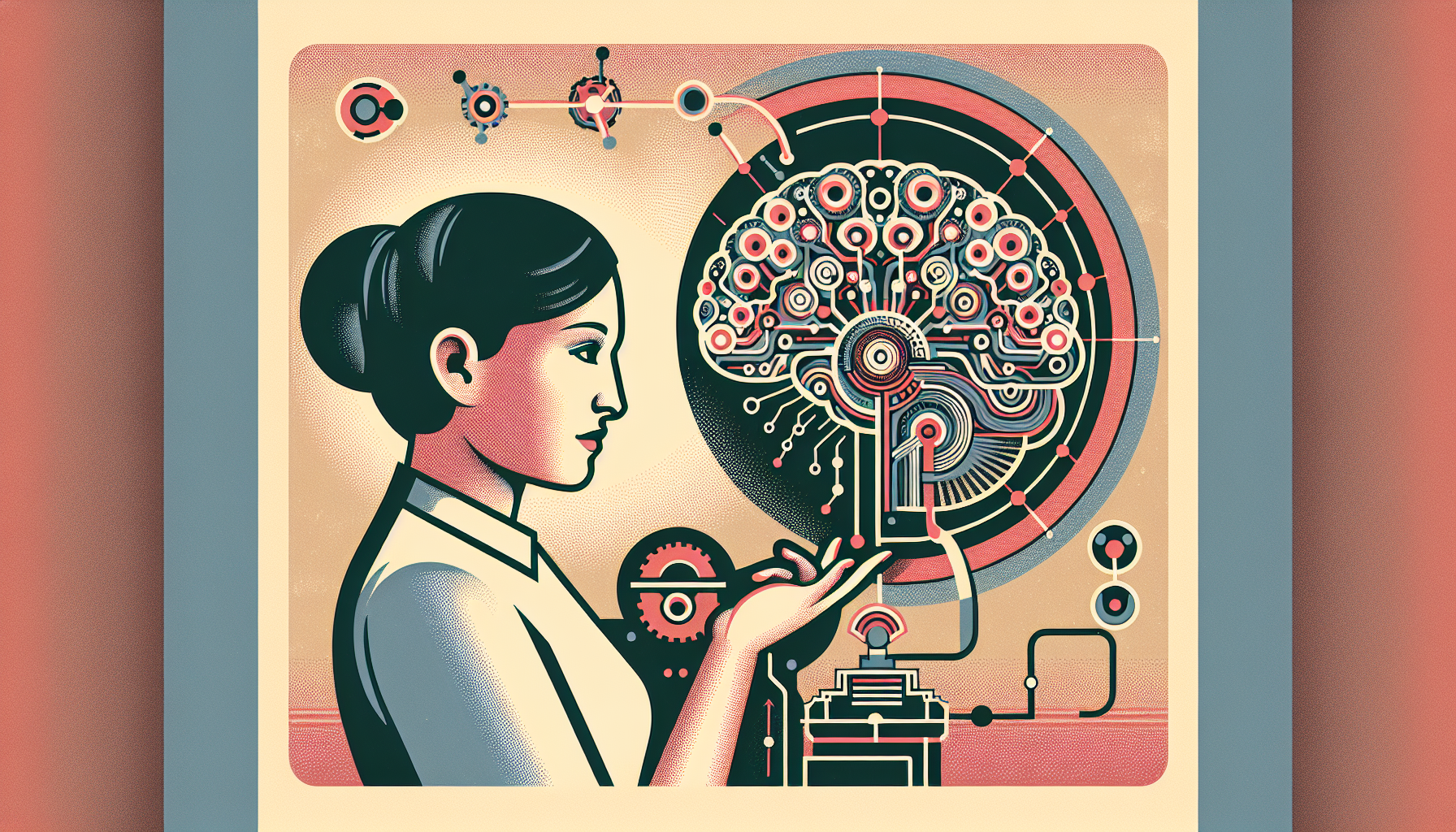In the quest to create Artificial General Intelligence (AGI), capable of solving a variety of intellectual tasks like a human, a new approach called “Machine Psychology” is emerging as a key contender. This exciting development suggests a future where human-level intelligence in AI could be achievable sooner than many might imagine.
The Concept of Machine Psychology
Machine Psychology is the brainchild of Robert Johansson, a dedicated researcher at Linköping University and also an associate professor at Stockholm University. Drawing from his deep dive into modern learning psychology through his PhD work, Johansson envisions an AI that borrows from the ways humans learn and think. He merges these psychological principles with a special kind of adaptive AI referred to as the Non-Axiomatic Reasoning System (NARS).
Key Components of Machine Psychology
Several important elements make up Machine Psychology:
1. Psychological Learning Principles
These principles, rooted in how humans naturally learn and grow from infancy, help AI systems absorb knowledge from experiences. It’s an attempt to teach AI to not just learn, but to understand and apply its learning across various tasks, mirroring the versatility of human intelligence.
2. Non-Axiomatic Reasoning System (NARS)
NARS brings flexibility to the table. It allows AI to make decisions and solve problems even when data is scarce or incomplete. This is crucial for real-world situations where information is often uncertain or ambiguous.
3. Operant Conditioning
This is a learning method where behaviors are shaped by rewards or punishments. Johansson’s work folds this concept into AI systems, using it as a core feature in the OpenNARS for Applications (ONA) framework. This helps in developing AI with sensorimotor reasoning abilities, adding a layer of depth to its learning process.
Potential for General AI
The fusion of psychological models with NARS offers promising steps towards AGI by providing:
– **Adaptation and Learning**: With Machine Psychology, AI can adapt and refine its intelligence through interaction with its environment, making it nimble and capable across numerous tasks.
– **Real-World Application**: The ability to function effectively with limited data and computational power means these AI systems can thrive in real-life situations.
– **Interdisciplinary Approach**: By blending findings from psychology, neuroscience, and computer science, Machine Psychology provides a comprehensive pathway in AI evolution, nudging the technology closer to the realm of human-like intelligence.
Ethical and Practical Considerations
While Machine Psychology is promising, it does pose several ethical and practical challenges:
Data and Bias
AI systems can inadvertently learn biases present in the data they are trained with. It is crucial to design these systems to be fair and impartial.
Privacy and Oversight
The use of sensitive data means strict privacy regulations and ethical guidelines must be in place. Human oversight is necessary to prevent misuse or biased outcomes.
Existential Implications
With AI moving closer to human intelligence, society must grapple with questions about machine roles and their impact on human emotions and societal behavior.
Future Outlook
Despite the challenges, Machine Psychology heralds a bright future in AI development. The involvement of researchers like Robert Johansson and teams from Google DeepMind highlights a growing commitment to this innovative approach.
Over the upcoming years, substantial advancements in AI could emerge as Machine Psychology continues to progress. Whether we will see an AI that matches the breadth of human intelligence in the next five years is still unknown, but the trajectory suggests we’re moving closer to this aspirational goal. As AI technologies advance, carefully navigating the ethical and practical aspects will be paramount to ensuring these breakthroughs serve the greater good of humanity.

Leave a Reply